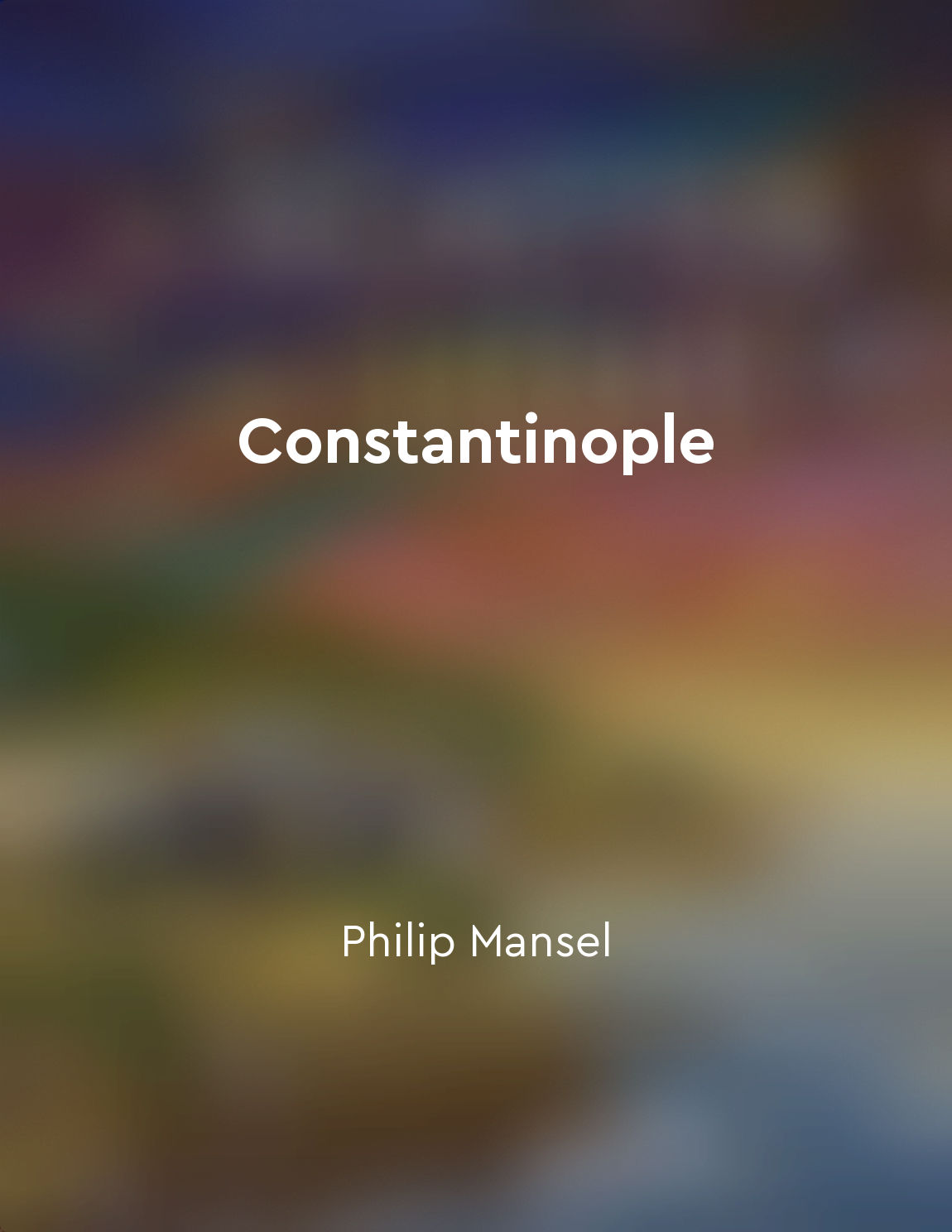The Hagia Sophia from "summary" of Constantinople by Philip Mansel
The Hagia Sophia is a monument that has defined the skyline of Constantinople for over a millennium. Originally built as a Christian cathedral in the sixth century, it was later converted into a mosque after the Ottoman conquest of the city in 1453. This transformation reflects the complex and layered history of Constantinople, a city that has served as the capital of both the Byzantine and Ottoman Empires. The Hagia Sophia is a masterpiece of Byzantine architecture, with its massive dome and intricate mosaics. Its construction was overseen by the Emperor Justinian, who sought to create a building that would rival the great churches of Rome. The result was a structure that not only impressed with its size and grandeur but also with its innovative ...Similar Posts
The Ten Plagues of Egypt
The Ten Plagues of Egypt were a series of calamities that struck the land of Egypt as a punishment from Allah. These plagues we...

GreekTurkish population exchange
The Greek and Turkish populations of the city had lived side by side for centuries, their communities intertwined through busin...
Arab conquests and expansion
The Arabian tribe of the Saracens had long been renowned for their valor and their independence. United under the banner of Isl...

Atatürk's reforms
Atatürk's reforms were a radical and far-reaching series of changes implemented by Mustafa Kemal Atatürk, the founder of the Re...
The influence of European modernists such as Le Corbusier can be seen in Latin American architecture
European modernists such as Le Corbusier exerted a significant influence on Latin American architecture during the twentieth ce...
